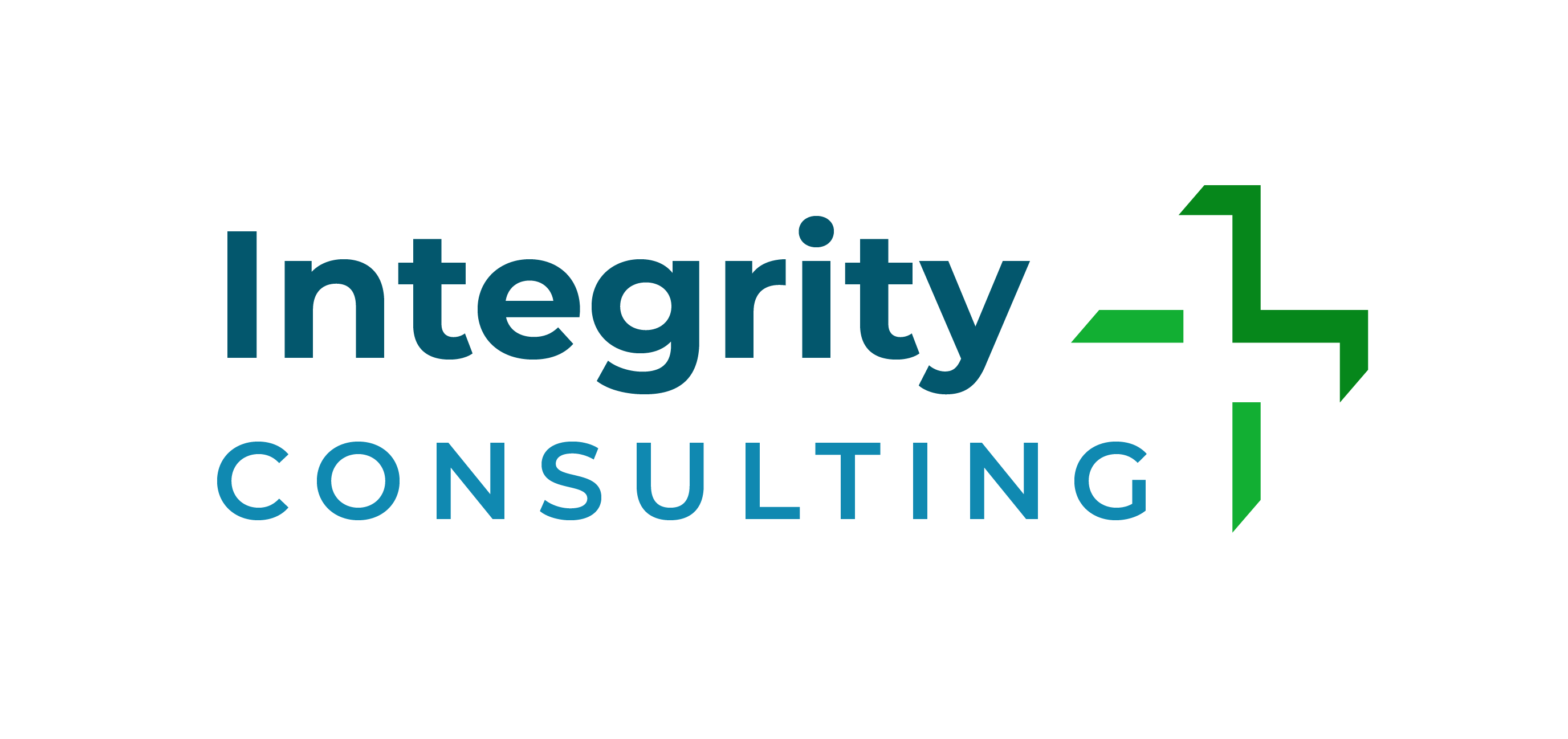How Do Your Defnine Your Roles?
Have you heard of “Title Impose Roles”?
♦
Title impose roles is a term we coined years ago to help explain the problem of overloaded lives faced by most of us. We live in a title-based world. In personal or work life we are given titles. Embedded in these titles are many roles based on the biases, assumptions and expectations of others. Meeting all these expectations is a formula for overloaded lives that is sure to have negative consequences on your health and well-being.
So how do you deal with ‘Titel Imposed Roles”? Acknowledge them and name them so you can control them. For example, let us take the title of “Pastor.” Based on the diversity of the people in the community and the congregation some of the roles he may be expected to play with excellence include preacher, organizer, administrator, comforter, fundraiser, evangelist, counsellor, mentor, friend, resource, helper, problem solver, peacemaker and the list goes on…
If you are like that pastor, some of these roles may be a good fit for you your God-given strengths. To succeed in life these are the roles you should focus on and prioritize. Other roles are outside your God-given strengths and you need to delegate them and if possible, avoid them.
How Do You Define Your Roles?
Job descriptions fall short of defining roles. Once you have narrowed down the list of roles that form your focus you need to define them in the form of short-term projects. Why short-term projects? Because the world and our lives are changing at an ever-increasing pace. With short-term projects, we can establish reasonable expectations.
The attached diagram illustrates the interdependent parts that will form defining your roles. In their interdependent parts, like a jigsaw puzzle, change to one part requires modifications to the other parts. As we explain these parts we will also provide an associated tool to help you define your role and manage them as you would manage a project with its related project constraints. Download the related excel workbook and follow it as you go along.
NAME IT AND AIM IT:
We say “if it does not have a name, it does not have a home”. Unless you give it a name you cannot aim it and keep it focused. Unless you give each role a specific name it will drift to the assumptions of others.
RESPONSIBILITIES:
Using the concept of SMART goals list the key accomplishment for this role. Indicate if this is a 30-, 60- or 90-day goal.
STRENGTHS:
We define strengths as a formula: Strengths = Talents X (Knowledge + Skills + Experience). Based on how well you know your strengths try to prioritize your top strengths. List:
- Talents: List key related adjectives that describe this role.
- Competencies: Come in the form of:
- Knowledge: List key critical knowledge needed for this role.
- Skills: List key critical soft or hard skills needed for this role.
- Experience: List key related experiences that may help fulfill this role.
PEOPLE:
Roles are played in a community of relationships. In these relationships we have two types of people:
- Partners: Partners play complementary or supporting roles and are critical to achieving the role’s objectives and goals.
- Clients: Clients are the recipients of the benefits the roles bring.
EMPOWERMENT:
In playing your role you are empowered by the resources needed to fulfill the goals of that role. Time is the most critical and finite resource that you will need to play your role. Each role can be defined by related tasks and activities and the time associated with each. Project managers use Gantt charts to plan and set realistic expectations. YOU ARE your role project manager. Use a similar tool to manage your role. The roles template we provide offers you a simple Gantt chart


